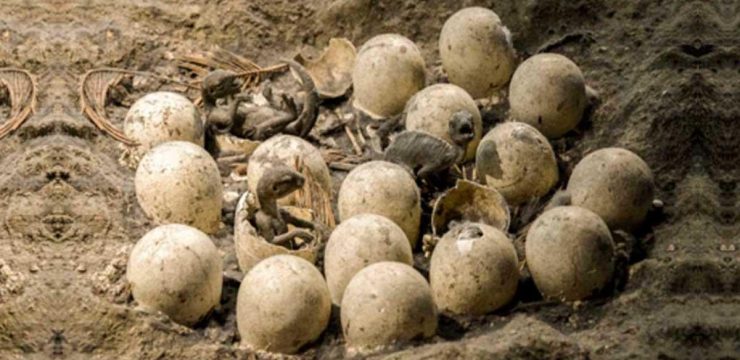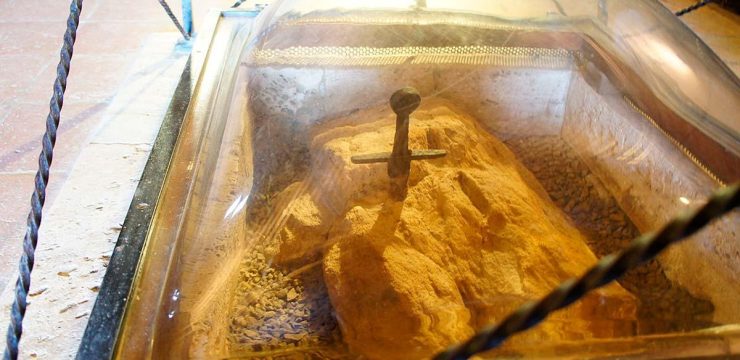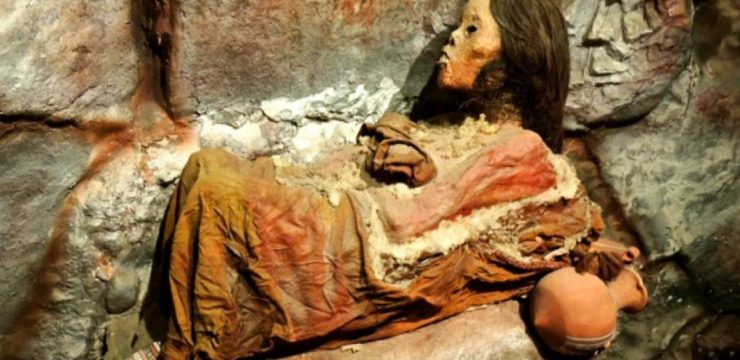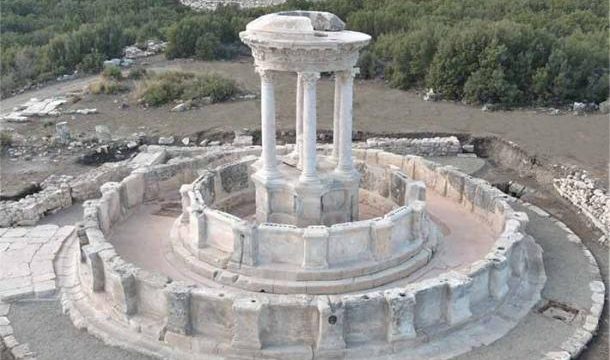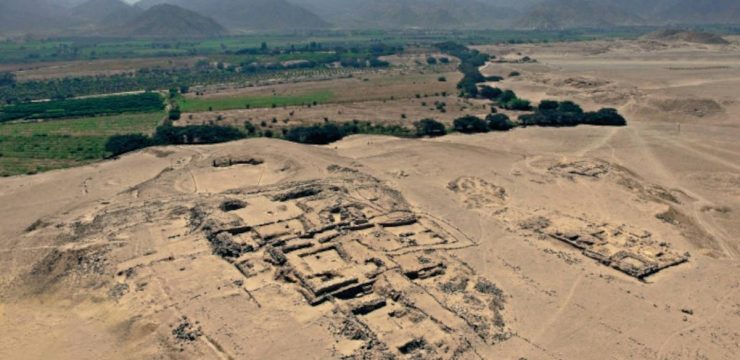In a stunning convergence of ancient tradition and cutting-edge technology, one of Tibet’s oldest and most revered spiritual institutions is embarking on an ambitious mission that promises to preserve centuries of priceless cultural heritage. The Sakya Monastery, located high on the Himalayan plateau, is undertaking the digitization of its vast archive of 84,000 ancient manuscripts. This extraordinary project is not just about safeguarding documents—it’s about unlocking the wisdom of the ages and making it accessible to people around the globe.

Founded in 1073, the Sakya Monastery is more than a religious sanctuary. It is a living repository of knowledge, a bastion of learning that has stood the test of time. For nearly a millennium, it has been a place where philosophy, science, spirituality, and daily life have converged in the form of ancient Tibetan texts. The library housed within the monastery is one of the most significant of its kind, offering insights not only into Buddhist teachings but also into broader subjects like astronomy, mathematics, literature, medicine, and agriculture. These manuscripts tell the story of a civilization that placed immense value on wisdom, scholarship, and the written word.
Among the monastery’s most treasured artifacts are palm-leaf manuscripts that date back hundreds of years, some of which owe their survival to Tibet’s dry climate. These fragile items, handwritten and often decorated with intricate illustrations, reflect the painstaking efforts of generations of scribes. One of the collection’s most awe-inspiring items is believed to be the world’s heaviest scripture, tipping the scales at a staggering 1,100 pounds. This monumental piece is a symbol of the sheer devotion and reverence with which knowledge was preserved throughout Tibetan history.
In 2011, faced with the reality that time and the elements could eventually destroy these irreplaceable treasures, the monastery took decisive action. Guided by His Holiness, the 41st Sakya Trizin, and driven by the inspiration of the late Venerable Khenchen Appey Rinpoche, the monastery launched its digitization initiative. The goal was clear: to create high-quality digital records of every single manuscript and make them accessible to scholars, students, and spiritual seekers across the world. This initiative marks a vital link between ancient teachings and modern digital accessibility, blending respect for tradition with the power of innovation.
The project is deeply rooted in the words and vision of Venerable Khenchen Appey Rinpoche, who stressed the critical importance of collecting, preserving, and publishing sacred texts to ensure the true and complete transmission of the Dharma. His message resonates strongly with the monastery’s team today, serving as a guiding principle behind the labor-intensive work of digitization. This is a race against time, not only to preserve but to share these invaluable teachings before they are lost to history.
By 2022, a major milestone was reached—the cataloging of all 84,000 manuscripts was completed. This massive organizational feat laid the foundation for the next phase: the digitization and online publication of the texts. As of now, approximately 20% of the collection has been fully digitized and is available online. Each digitized manuscript is preserved in its original Tibetan and offered under a Creative Commons license. This ensures free, open access for educational and research purposes, empowering a new generation of learners to explore Tibetan thought and culture without the limitations of geography.
The implications of this project are far-reaching. With the creation of the Sakya Digital Library, what was once a remote and largely inaccessible archive has become a global resource. For the first time, researchers from universities, monasteries, and institutions around the world can study these ancient texts in high resolution, furthering academic inquiry and cross-cultural dialogue. Buddhist practitioners can also connect more deeply with their spiritual heritage, using these digitized texts to enhance their study and practice.
The effort stands as a model for cultural preservation in the 21st century, demonstrating that modern technology, when guided by spiritual intent and scholarly precision, can bridge the gap between the ancient and the contemporary. It underscores a broader commitment to honoring our collective past while ensuring that it continues to inspire future generations. The preservation of these manuscripts is not merely an academic exercise; it is a profound gesture of respect toward the human spirit’s quest for understanding and enlightenment.
Looking ahead, the road to full digitization remains long and challenging. However, the accomplishments thus far have already made a significant impact, offering a glimpse into what is possible when tradition and technology work in harmony. Every manuscript that is digitized brings with it a unique perspective, a piece of the past that can inform and enrich the present. And with each passing year, the Sakya Monastery moves closer to its goal of complete preservation and global accessibility.
This monumental undertaking is more than a technological achievement—it is a legacy project for humanity. In safeguarding the teachings, stories, and knowledge passed down through centuries, the monastery is doing more than just saving old texts. It is nurturing a cultural heartbeat, one that continues to echo through time. In a world where so much is fleeting, the Sakya Monastery’s digitization initiative reminds us of the enduring power of wisdom and the shared responsibility to protect it for the future.
